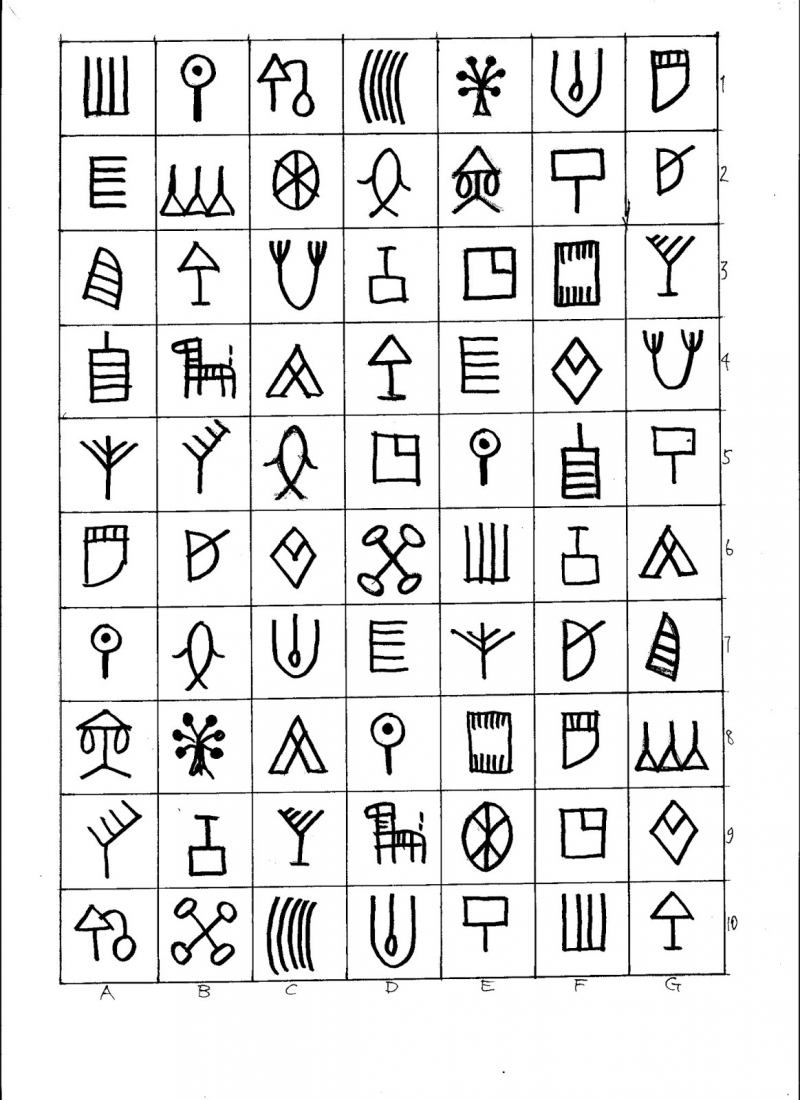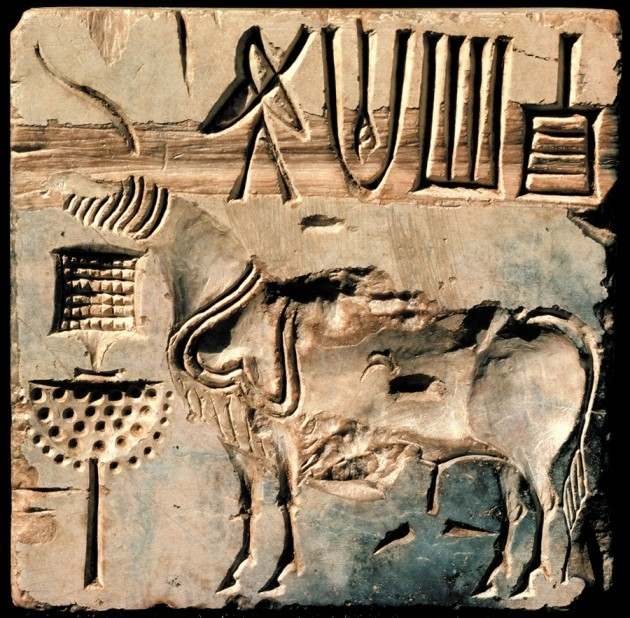It was an undeciphered script
The Indus Script, the earliest script used by the Indus Valley Civilization, was written using a variety of signs and symbols. It is poorly understood and has not yet been decided.
The majority of the Indus Script, according to the scholars, was inscribed on perishable materials like birch or palm leaves, neither of which survived the ravages of time. This shouldn't come as a surprise given that bamboo tubes, birch trees, and palm leaves were frequently employed in the south and southeast Asia as writing surfaces. According to some experts, the 400 symbols can be reduced to 39 basic signs, with the other symbols consisting mainly of stylistic variances and scribe-to-scribe discrepancies.
Despite what academics claim, there is still no proof that the script was deciphered in the 1980s. As a result, if the symbols present in this script are separated and deciphered using close analogies with Sumerian, Egyptian, and Ancient Chinese, it may provide some insight. Asko Parpola, one of the world's leading experts, has been researching it for more than 40 years at the University of Helsinki in Finland.







